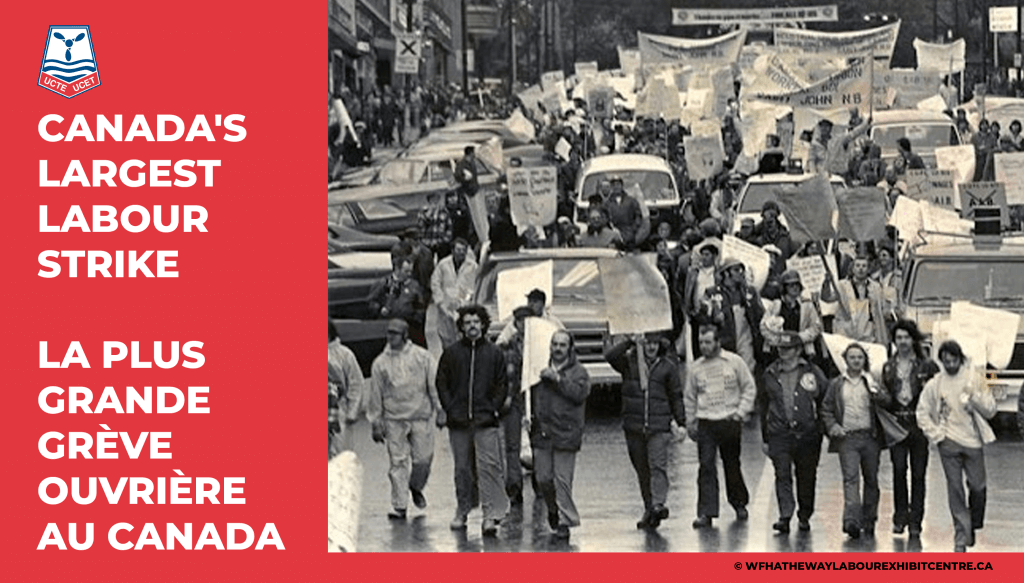Canada’s Largest Labour Strike — October 14, 1976
Workers in Canada had long been faced with a variety of issues which created great economic hardship. In the early 1970s, automation, globalization and technology were making an entrance in many factories across the country. Machines took the place of workers, and work was often sent overseas to reduce employers’ production costs. Inflation and unemployment rose rapidly, and this was compounded by a rise in oil prices caused by the imposition of export quotas by the Organization of Petroleum Exporting Countries (OPEC).
The price of a barrel of oil rose from $3 to $40, an increase of more than 1,300%.[1]
Workers demanded wage increases from employers in order that they might maintain a decent standard of living. As the price of oil went up, living standards rose in all sectors of the economy as companies tried to reduce their production costs. Everything costs more, and the economy stagnates. This is the definition of “stagflation”, according to economists and politicians.
During his party’s 1974 election campaign, the Conservative leader said in one of his speeches that he wanted to impose a legal cap on wages and prices. Pierre Trudeau, leader of the Liberal Party, took advantage of the situation to ridicule the party, portraying it as anti-control. This argument helped him win the federal election with a majority government, as Canadians wanted to keep their jobs and a good standard of living.
In 1975, Pierre Trudeau reneged on his promise. Tensions rose. Scandal. The Canadian public felt betrayed by the government.
The wage cap was imposed on companies with 500 or more employees, the entire federal public service and most other public sector organizations. With inflation reaching almost 11% in 1975, the Trudeau government’s legislation limited wage increases for three years, with 8% in the first year, 6% in the second and 4% in the last.[2]
This control of inflation led to a limitation of wages through the cancellation of wage increases provided for in the collective agreements.
In 1976, this decision caused the loss of more than 11.6 million workdays due to strikes and lockouts. Joe Morris, then president of the Canadian Labour Congress, decided to call a National Day of Protest on October 14, 1976.
Exactly 45 years ago, more than one million workers across Canada assembled. It was the largest labour demonstration in Canadian history. Unions continue to fight against injustice.
[1] https://congresdutravail.ca/la-plus-grande-manifestation-ouvriere-de-lhistoire-du-canada/
[2] https://congresdutravail.ca/la-plus-grande-manifestation-ouvriere-de-lhistoire-du-canada/
